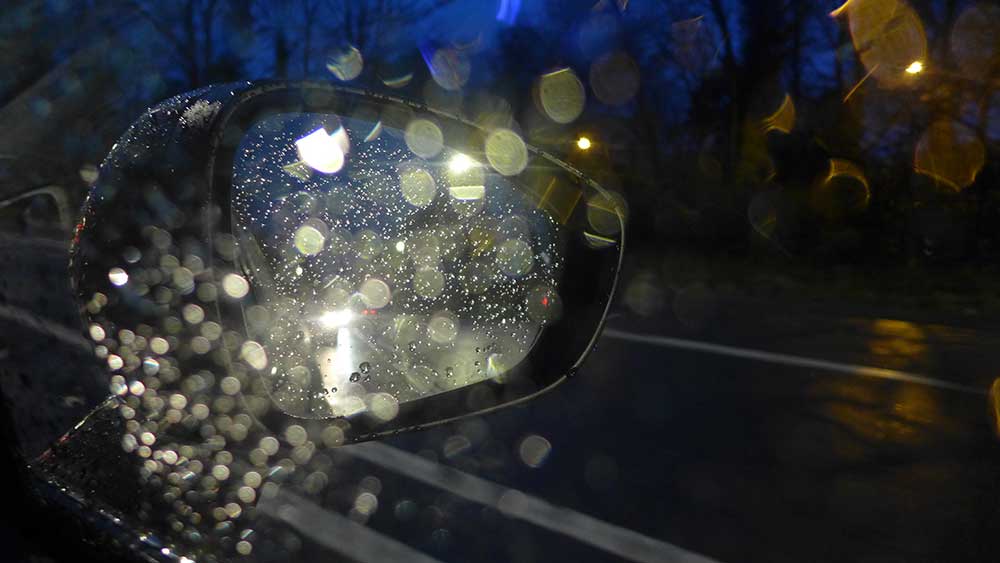- AXA UK sees an average 7% increase in motor claims when the clocks go back in the autumn
- Increase in minor collisions during morning and evening rush hours as drivers get used to driving in the dark
- Drivers can take simple precautions to help avoid accidents such as checking the windscreen is clean, using lights appropriately and avoiding driving when tired
AXA UK has found that motor insurance claims increase by an average of 7% over the three days following the clocks going back at the end of October, with a cost of around £2,230 per claim. The insurance firm analysed claims data from the past three years, which also shows there is an increase in minor collisions during morning and evening rush hours as drivers get used to driving in the dark.
It is important to be prepared for driving in new conditions, especially with the additional risks posed by driving in the dark. AXA recommends the following advice to help keep drivers, passengers and other road users safe.
Never drive when tired
No matter what time of the day, driving when tired can be dangerous– it lowers concentration and slows reaction times. The risks are even greater when combined with the lower visibility of night-time.
Use lights appropriately
A car’s high beam lights can help with the lower visibility when dark, but they must be used correctly. For example, in an unlit stretch of road, slow down and turn your full beam on. However, if there’s heavy rain, snow, or fog the high beam headlights may cause more problems than they solve. The light from them may be reflected back, making it harder to see what’s ahead.
Keep on top of car maintenance
It’s always important to keep on top of car maintenance by seeking expert advice. Pay extra attention to the car’s brake pads and lights as the day becomes darker.
Keep window screens clean
When you’re driving at night, it’s even more important to be able to clearly spot any potential driving hazards. With visibility already reduced, keeping the windscreen clean can help.

Take an evening driving lesson
If unsure or unused to driving in the dark, drivers may want to consider refresher lessons. Having a qualified driving instructor there can really help boost confidence and provide specific advice around driving in the dark.
Don’t drive too fast
In the dark, a driver should give themselves more time to react to anything on the road. With reduced visibility, going a little bit slower will not only help with spotting any hazards, but it will also help with reaction time.
Be cautious of other drivers
It is important to pay extra attention to other cars on the road as not all drivers will. It is also essential to be aware of any pedestrians and wildlife. It’s much harder to spot these potential hazards in the dark, so driving a bit slower and being attentive will lower the risk.
Every year, during the darker autumn and winter months, we see an increase in motor claims related to driving in these more challenging conditions. It is essential for drivers to be prepared for the change, especially as visibility is reduced and there is a greater chance of unpredictable and adverse weather conditions. It helps to take simple precautions such as checking if the windscreen is clean before setting off and ensuring the vehicle has been well maintained. These are easy ways to reduce the risk of needing to make an insurance claim but, if the worst does happen, AXA is on hand to support.

